Should doors be painted the same colour as walls? Experts reveal why the answer is yes, especially in small rooms
Colour specialists explain why painting doors the same colour as walls or choosing an alternative shade to white is always preferable
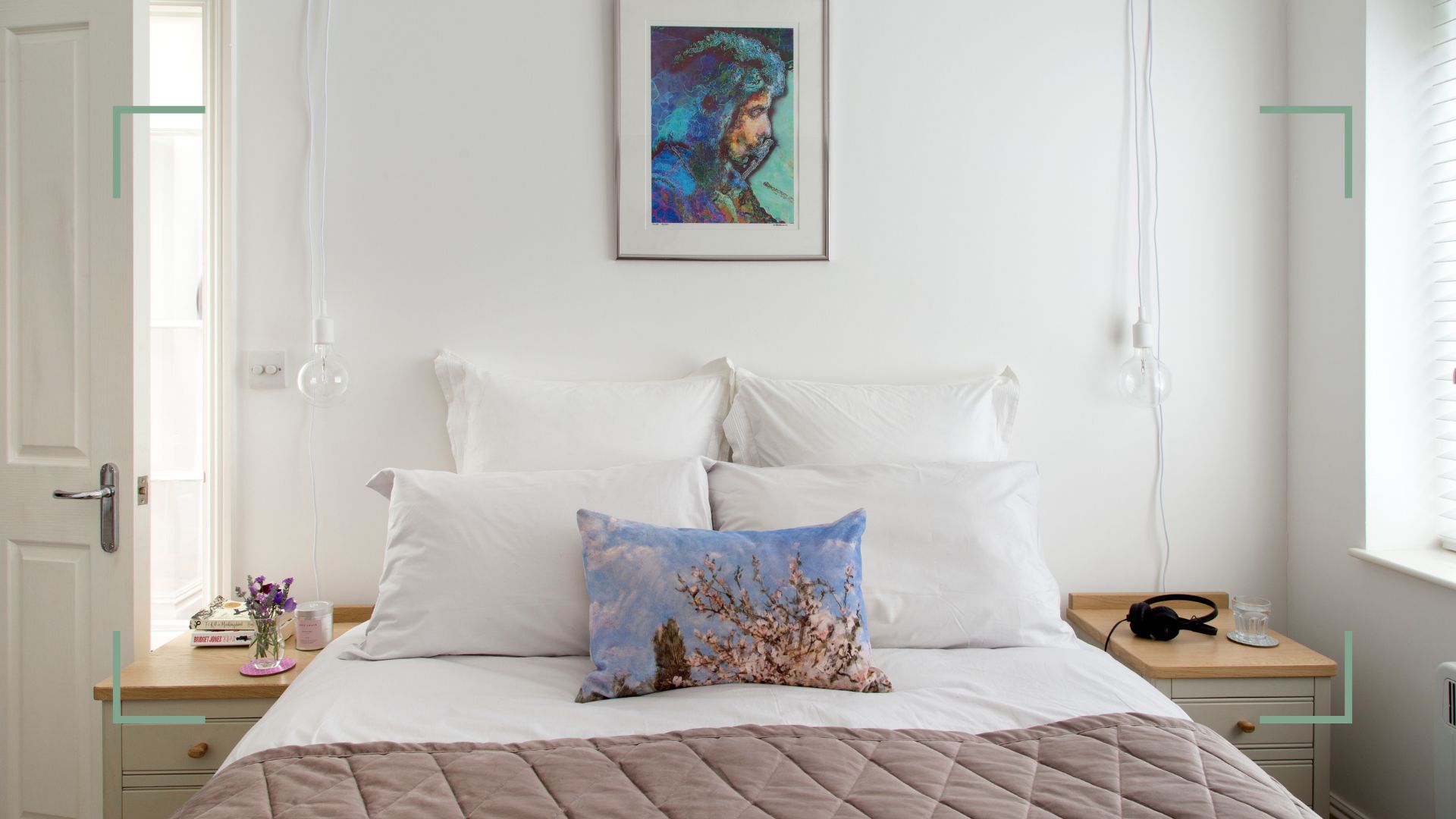

Should doors be painted the same colour as walls? It's a question many of us ask ourselves because it can feel unsettling to deviate from traditional white, but the modern way is to create a wall of cohesive colour.
Similar to painting skirting boards the same colour as walls there are those in favour of painting with one tone to unite all surfaces while there is a suggestion by some experts to use contrasting interior paint colour trends on internal doors to make more of a style statement.
No matter where you stand on the choice of how you use the colour, one thing that all experts agree on is that 'brilliant white' is most definitely no longer the best or only option when it comes to painting internal doors.
Should doors be painted the same colour as walls?
For many interior designers and colour specialists the answer is yes, you should paint doors the same colour as walls to create a seamless flow within a space.
"Painting internal doors and skirting boards the same colour as your walls creates a seamless look that can make rooms look bigger," says Marianne Shillingford, Dulux's creative director and colour expert. "Especially if the colours are pale and cool."
"Painting the walls and doors the same colour can create a really cohesive look, helping to make the space feel more unified," says Anna Hill, brand director and colour consultant, at Fenwick & Tilbrook.
"It can work really well in smaller rooms or spaces where you want to create a sense of continuity." In this instance, it could also become the best ceiling colour.
Sign up for the woman&home newsletter
Sign up to our free daily email for the latest royal and entertainment news, interesting opinion, expert advice on styling and beauty trends, and no-nonsense guides to the health and wellness questions you want answered.

While highlighting the style credentials of doing so Anna is keen to state: “Painting your walls and doors the same colour is really down to personal preference. There are no hard or fast rules dictating whether they should match or not."
"Matching the colours on walls and doors can help to create a classic, timeless aesthetic whilst opting for contrasting shades will make the space feel more dynamic and contemporary."
We love the example shown below, courtesy of the colour experts at Paint & Paper Libary, where decorating with a darker shade of green creates a cocooning effect in a bedroom where the door seemingly disappears into the wall.
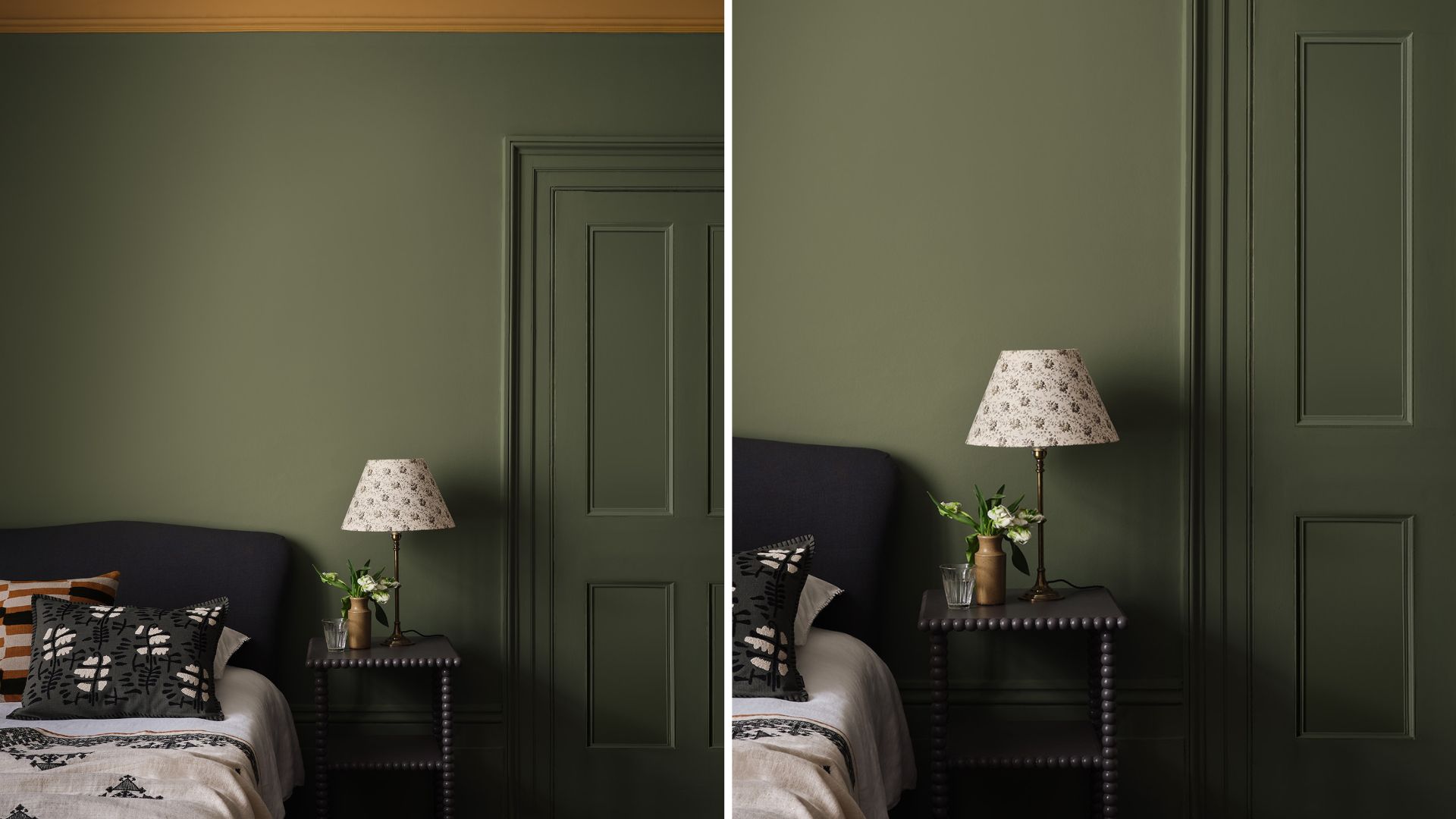
In terms of your colour scheme, whether seeking the best living room paint colour or the best bedroom colour your doors should always align with the style and mood you want to create within the space.
Because there are no longer hard and fast rules that say all woodwork should be painted white as standard, including internal doors it can leave you questioning what colour is best.
Here are some alternative style suggestions for painting internal doors in colour...
1. Practise colour drenching
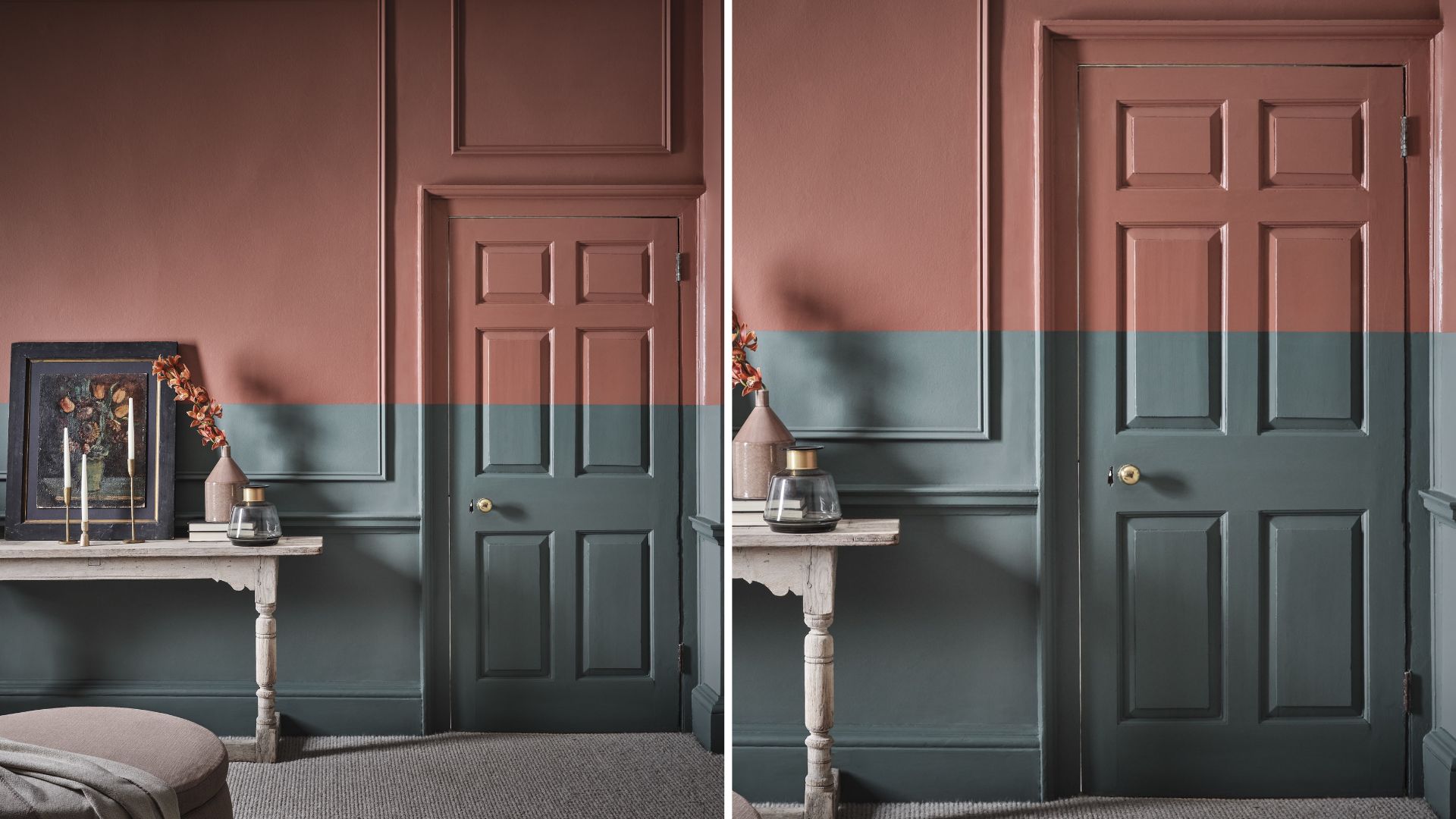
The easiest and most effective way to keep the colour scheme cohesive throughout the room is to adopt the method of 'colour drenching' which simply means painting every surface in a single colour – walls, doors and skirting boards.
This continuity of colour is a fabulous way to create a seamless flow, it can make a small room feel bigger when painted in a light airy colour. While equally, it has the power to make a room feel more intimate and cocooning when decorating with dark paint colours.
In terms of ease, it makes the colour choice a simple task, but it might still require different finishes to ensure every surface is painted to a suitable finish.
2. Contrast to make a style statement
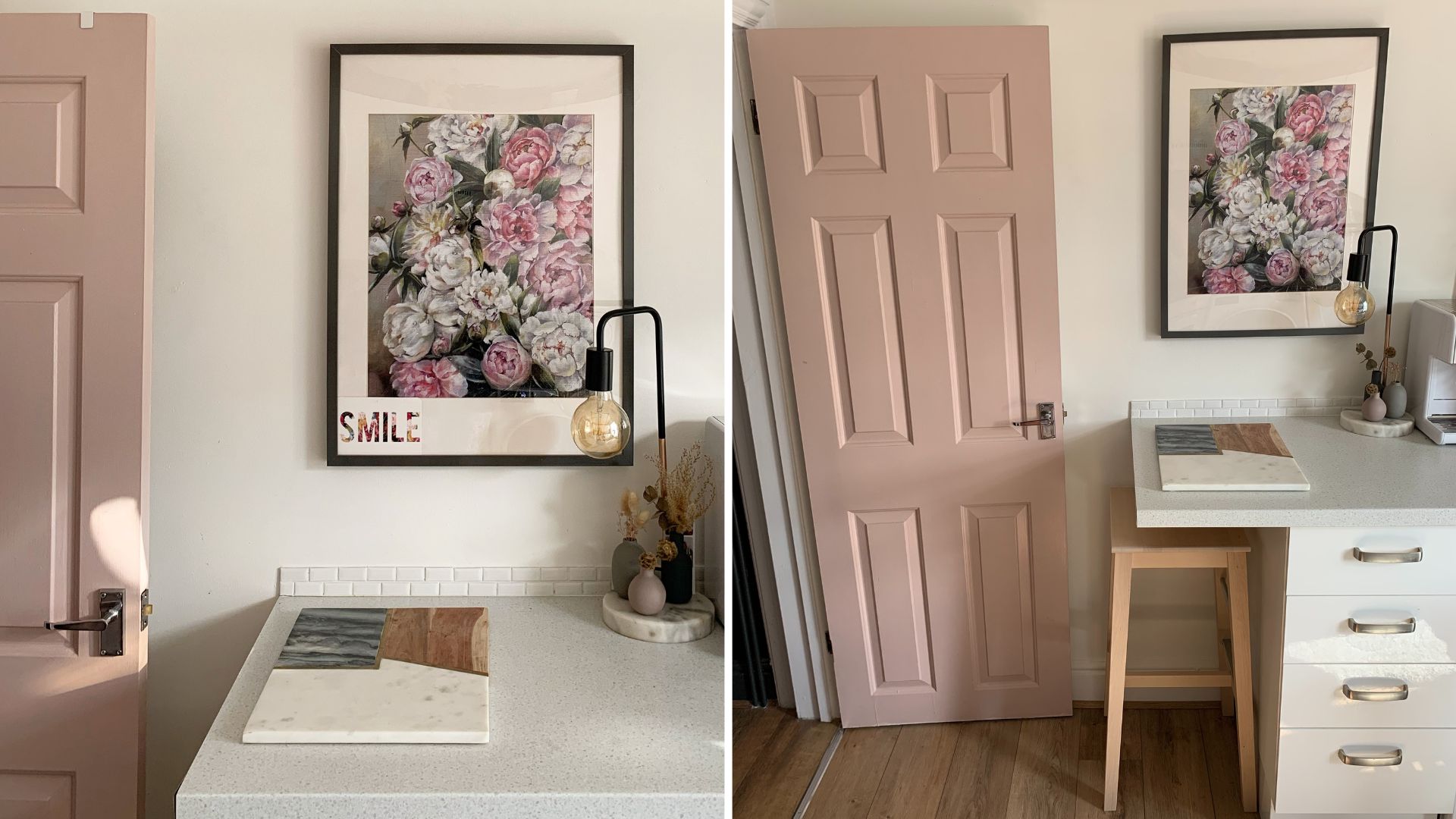
There's a new interior paint trend for painting doors in a contrasting colour to that of the walls to make a style statement – like a mini feature wall within the space.
"Choosing different colours for walls and doors can create contrast and bring visual interest to a room, and is a great way to emphasise any architectural features or draw the eye to specific design elements such as the doors, trim or decorative details," Anna explains.
I have personally adopted this paint idea for my own home and love how my thoughtfully chosen pink paint colour makes the doors a feature in their own right. the soft pink also helps to pick up a small hint of warm glow every time the sun shines through – to welcome a little burst of positive energy into the room
3. Find an alternative white
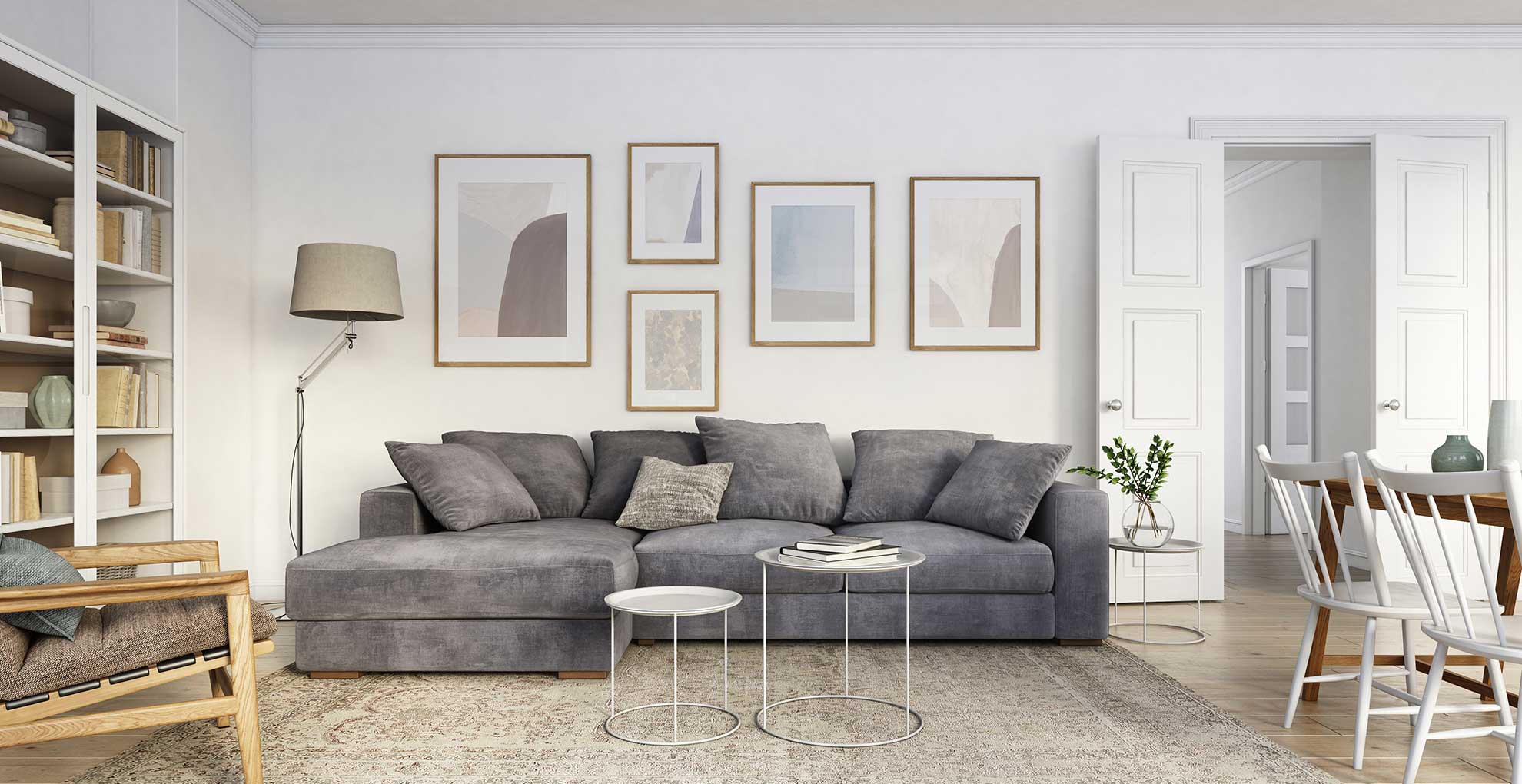
Brilliant white is no longer the preferred option because it often feels stark and jarring but that doesn't mean white is not still an option. The key consideration when painting your doors is finding the best white paint shade that enhances and compliments your wall colour.
"White is a classic option that works with all colours when it comes to internal doors and woodwork," says Marianne. "Choosing the right white can make all the difference to the look."
"If you have a predominantly north-facing room with cool or low levels of light, choose a warm white like Timeless, or for a predominantly south-facing room with plenty of light, choose a cooler white like White Cotton."
Can I use the same paint for doors and walls?
No is the short answer. You can use the same paint colour for doors and walls but you will need to find the right finish that is suitable for both different surfaces. Walls are normally painted in a variant of emulsion, water-based paint while woodwork often requires a dedicated finish that has more staying power to cover wooden surfaces. For woodwork, you will also need a primer and undercoat to ensure the colour adheres to the wood.
You will need to source your chosen colour in an appropriate finish to coat the walls and the wooden doors separately.

Tamara is a highly experienced homes and interiors journalist with a career spanning over 22 years. Now the Lifestyle Editor of womanandhome.com, she previously spent 18 years working with the style teams at Country Homes & Interiors and Ideal Home. With these award-winning interior teams, she gained a wealth of knowledge and honed her skills and passion for styling and writing about every aspect of lifestyle and interiors.
A true homes and interiors expert, Tamara has been an ambassador for leading interior brands on multiple occasions, including appearing on Matalan’s The Show and presenting at top interior trend forecasting events such as the Autumn Fair and Spring Fair.
-
 Need spring style inspiration? Jennifer Aniston proves a shirt dress is the most versatile item you can invest in
Need spring style inspiration? Jennifer Aniston proves a shirt dress is the most versatile item you can invest inIf you only buy one piece this weekend, make it a shirt dress
By Matilda Stanley Published
-
 Celebrities you never knew got their start as models, from Angelina Jolie's 'terrible' experience to A-listers who started as pageant queens
Celebrities you never knew got their start as models, from Angelina Jolie's 'terrible' experience to A-listers who started as pageant queensWhether it was just for a short time or it's how they got discovered for something else, these stars owe it all to striking a pose
By Jack Slater Published